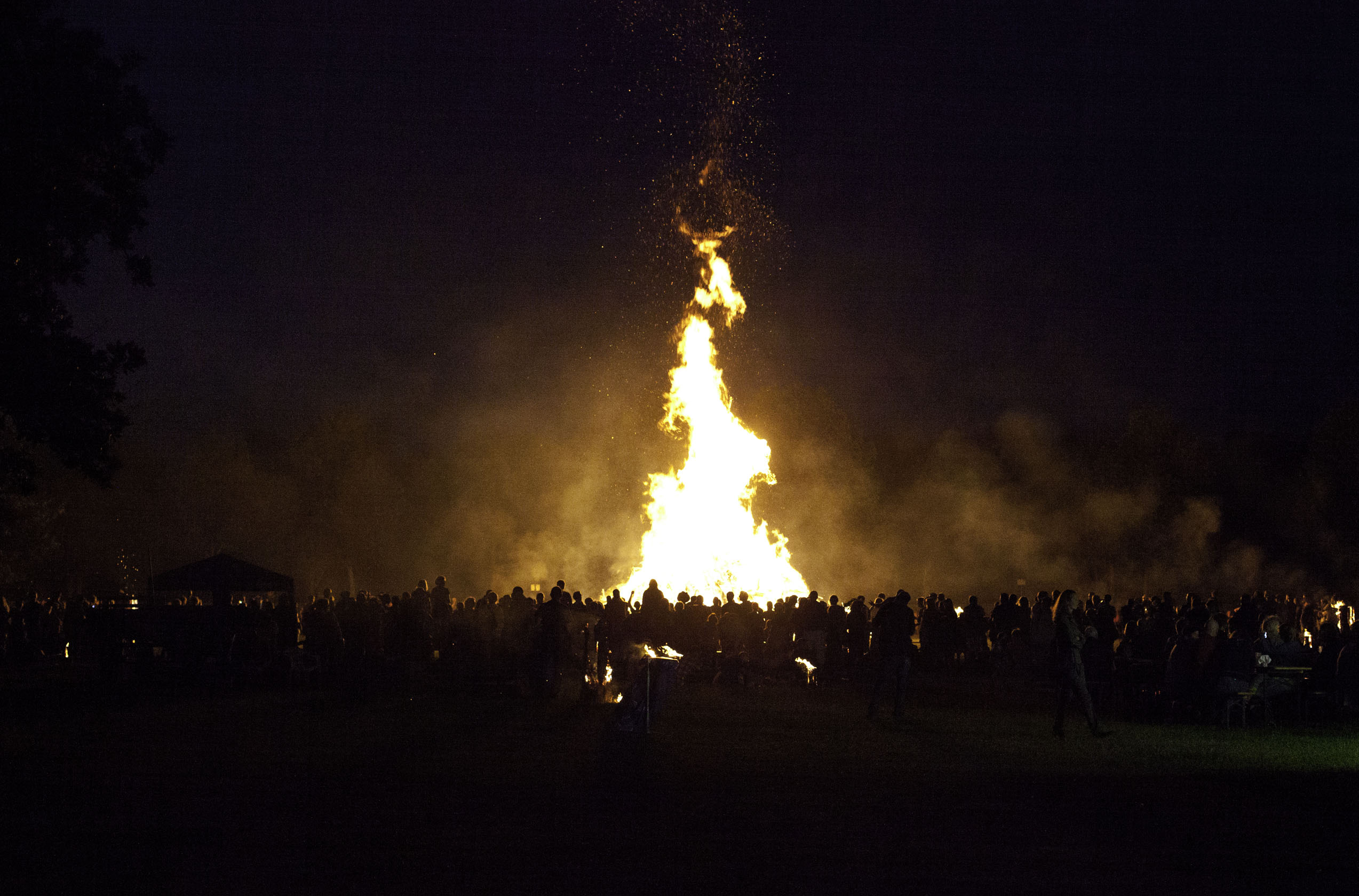Midsummer is a traditional holiday celebrated throughout many of the world’s cultures, with ancient origins. It is the celebration of the summer solstice, an important astronomical date on the annual cycle. It is celebrated on or near the 21st of June. In many Celtic communities it is commonly celebrated on June 24th.
Due to its connection with the agricultural cycle, Midsummer is most often celebrated on the 21st of June by modern Heathens and neo-pagans as one of the eight sabbats. In Revival Druidry it is called Alban Heruin and is one of the four high holidays.
The summer solstice is the longest day of the year, with the sun at its strongest, therefore Midsummer represents the triumph of light over darkness. The solar hero born at Yule and celebrated as the child of light is now at his peak. He overthrows the oppressive king of winter and takes his rightful place upon the throne of the earth. Just as in our time today, in ancient days marriages often occurred at Midsummer.
As an agricultural holiday, in many parts of the world this is the earliest time that a harvest can be made since the springtime sowing; therefore it is a festival of first fruits. Traditional Midsummer rites are often centered on bonfires. New fires would be kindled and offerings of flowers were made to them. In many communities an effigy of a person would be burned in the bonfire. Similarly to Beltane, cattle would be driven through the smoke of the fires as a means of blessing, protecting and enhancing the livelihood of the tribe and community. Torches were lit from central bonfires and carried home where the hearth was lit. Participants would dance around these fires and tend them throughout the night. This all-night affair was commonly called “the watch,” and it was an integral part of the festivities. Near the early morning when he fires had died down some, some of the revelers would jump over the flames for good luck and to encourage the crops to grow.

Similar traditions are found on both sides of the Atlantic Ocean. Native American communities such as the Creeks, Seminoles, Cherokee, Choctaws, Chickasaws, and many others of the Eastern Woodland traditions celebrate the Green Corn rite: the new fire ceremony, the New Year, the greatest fast culminating in the first feast of the year.
At this time in the environment, the wild flora is also at its peak, especially of the medicinal variety, so this holiday also has a focus on gathering and honoring medicine. Blackberries and wild plums are also ripening, making for natural symbols of this season. On the Muskogee calendar, June is Kvco Hvse or “Blackberry Sun.”
In many Germanic countries the Maypole is celebrated at Midsummer. In some communities the Maypole was left up from Beltane and burned at Midsummer. Midsummer is the height of the spiritual year. Medicine is strongest at this time. Spirits of nature and of the ancestors, both good and malevolent are very active on a Midsummer’s night which inspired one of Shakespear’s most classic works; A Midsummer Night’s Dream.














